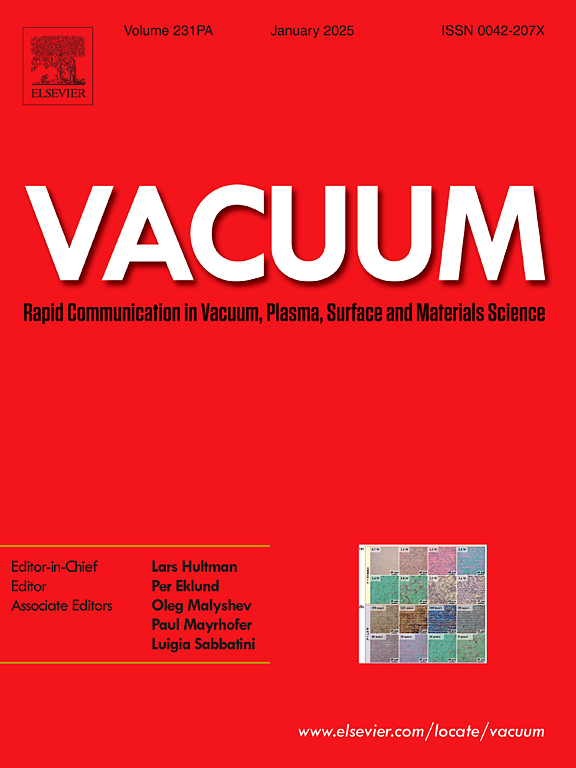Research on non-contact detection of the rotor dynamic posture in Spinning Rotor Gauge
IF 3.8
2区 材料科学
Q2 MATERIALS SCIENCE, MULTIDISCIPLINARY
引用次数: 0
Abstract
This paper propose a non-contact spherical rotor posture detection method based on monocular vision and deep learning to enable high-precision monitoring of rotor motion in a Spinning Rotor Gauge (SRG). By integrating convolutional neural network (CNN) landmark detection with random sample consensus (RANSAC) trajectory fitting, real-time estimation of the rotor’s deflection angle and spin angle is achieved with an error of less than 0.5°. Experimental results demonstrate that, within the rotational speed range of 440–800 Hz, increasing the rotational speed does not induce any significant change in the angle of the rotor’s spin axis, thereby validating the stability of the sensor. The rotor attitude experiments from 1 kHz to 10 kHz proved the correlation between the rotor deflection angle and its magnetic moment. This study provides the first vision-based dynamic monitoring solution for precise calibration of SRGs under high-vacuum conditions, offering a novel approach for vacuum calibration procedures and residual drag investigations in SRGs.

纺丝转子计转子动态姿态非接触检测方法研究
本文提出了一种基于单目视觉和深度学习的非接触式球形转子姿态检测方法,实现了旋转转子计(SRG)转子运动的高精度监测。将卷积神经网络(CNN)地标检测与随机样本一致性(RANSAC)轨迹拟合相结合,实现了转子偏转角和自旋角的实时估计,误差小于0.5°。实验结果表明,在440 ~ 800 Hz的转速范围内,增加转速不会引起转子自转轴角度的明显变化,从而验证了传感器的稳定性。在1khz ~ 10khz范围内进行了转子姿态实验,验证了转子偏转角与磁矩之间的相关性。该研究为高真空条件下srg的精确校准提供了第一个基于视觉的动态监测解决方案,为srg的真空校准程序和残余阻力研究提供了一种新的方法。
本文章由计算机程序翻译,如有差异,请以英文原文为准。
求助全文
约1分钟内获得全文
求助全文
来源期刊

Vacuum
工程技术-材料科学:综合
CiteScore
6.80
自引率
17.50%
发文量
0
审稿时长
34 days
期刊介绍:
Vacuum is an international rapid publications journal with a focus on short communication. All papers are peer-reviewed, with the review process for short communication geared towards very fast turnaround times. The journal also published full research papers, thematic issues and selected papers from leading conferences.
A report in Vacuum should represent a major advance in an area that involves a controlled environment at pressures of one atmosphere or below.
The scope of the journal includes:
1. Vacuum; original developments in vacuum pumping and instrumentation, vacuum measurement, vacuum gas dynamics, gas-surface interactions, surface treatment for UHV applications and low outgassing, vacuum melting, sintering, and vacuum metrology. Technology and solutions for large-scale facilities (e.g., particle accelerators and fusion devices). New instrumentation ( e.g., detectors and electron microscopes).
2. Plasma science; advances in PVD, CVD, plasma-assisted CVD, ion sources, deposition processes and analysis.
3. Surface science; surface engineering, surface chemistry, surface analysis, crystal growth, ion-surface interactions and etching, nanometer-scale processing, surface modification.
4. Materials science; novel functional or structural materials. Metals, ceramics, and polymers. Experiments, simulations, and modelling for understanding structure-property relationships. Thin films and coatings. Nanostructures and ion implantation.
 求助内容:
求助内容: 应助结果提醒方式:
应助结果提醒方式:


